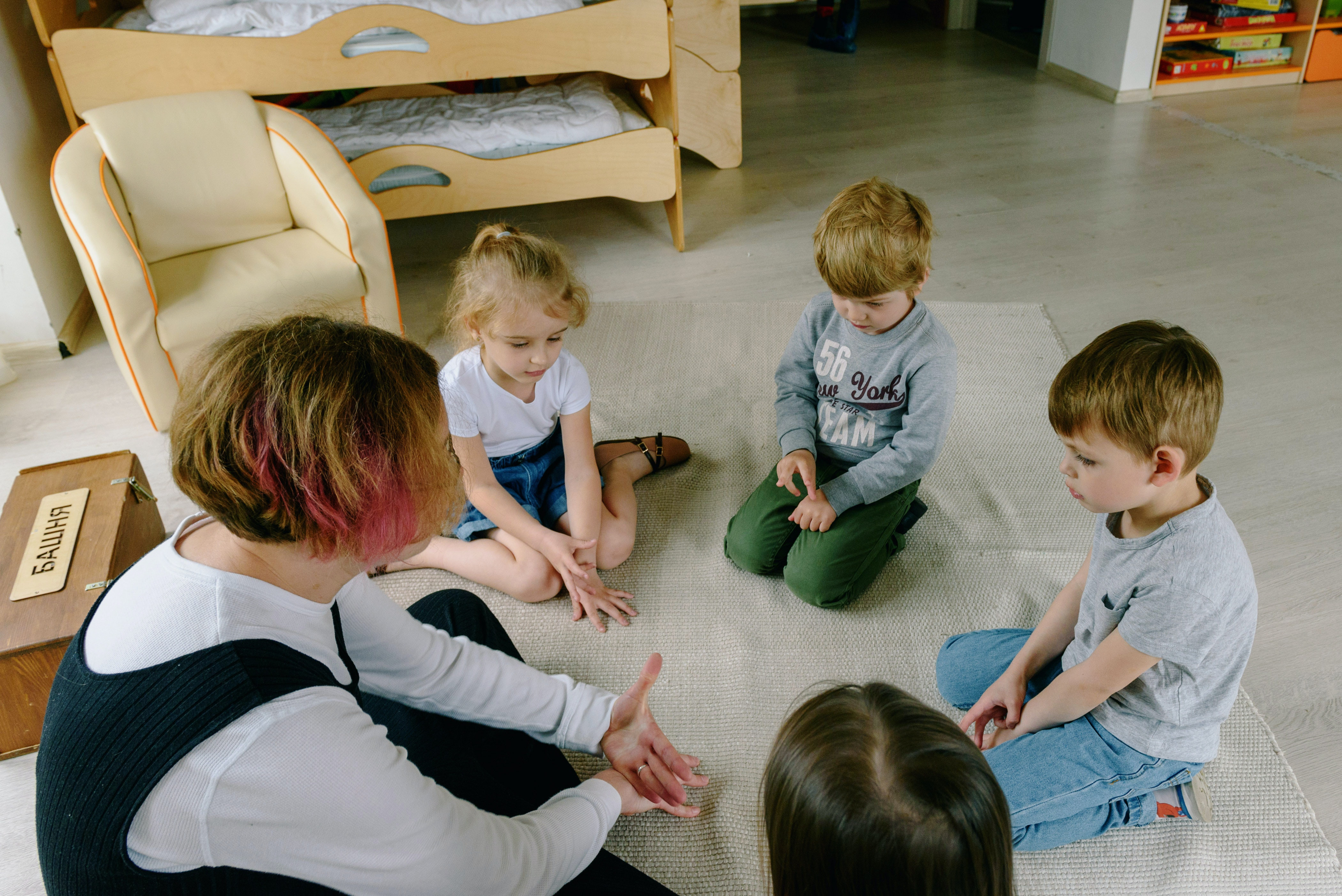
ESL Teacher Resume Sample (1/2)
Entry Level_Resume Plan
Entry Level JANE DOE Citizenship: South Africa Gender: Female (Single) Date of Birth: 1990.01.01 Current Location: Johannesburg, S. A Education Level: Bachelor’s Degree Passport Number: A12456678 Languages: English: Native General Information Self-Introduction My name is Jane Doe and I recently just graduated with a Master’s degree in Korea. I am very active and social. When I'm with people, I'm always smiling, so the people around me express that it's friendly to approach. With this personality, I got along well with people in Korea, and I have made many friends. I have a very strong sense of responsibility and I try to manage my time and handle my work by considering the priorities and plans of my work. I love teaching young students because at that age, they are curious about things and I believe I will be able to help them fulfill their curiosity. I want to teach in Korea because I love the culture and I love the way students are to explore expose themselves to different cultures. Teaching Philosophies / Lesson Planning My teaching philosophy is that all children are unique and must have an educational environment where they can grow in all aspects from physical to social. It is my desire to create this type of atmosphere where students can meet their full potential. I will provide a safe environment where students are invited to share their ideas and take risks. I am a very organized person and I like planning my lessons and organizing my duties ahead in time for a good instruction flow. Attached please find some of my lesson plan samples. Education ABC University Mar 2018-Aug 2021 B.A TESOL G.P.A 4.3/4.5 Completed Johannesburg, S. A ABC University Mar 2016-Aug 2017 Diploma, Linguistics Completed Johannesburg, S. A Job Preferences Job Type: Full-time Start Date: March 2nd Desired Location: Yongsan (I choose this location because there are many foreign restaurants and food stores with foreign ingredients) Industry: Education Student type: Kindergarten Desired Salary: From 2.2 million KRW Other benefits: Housing or allowance Other Information Certification & Skills TESOL Certificate 140 hours (in class) References Attached find a letter of recommendation from my university professor. Attachments Attach lesson plans, letters of recommendation, Photos (while teaching, or class activities), Introduction videos, and other files that can show your skills.







